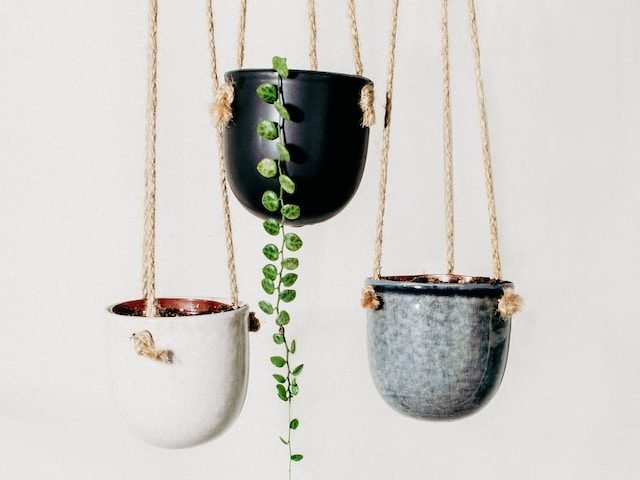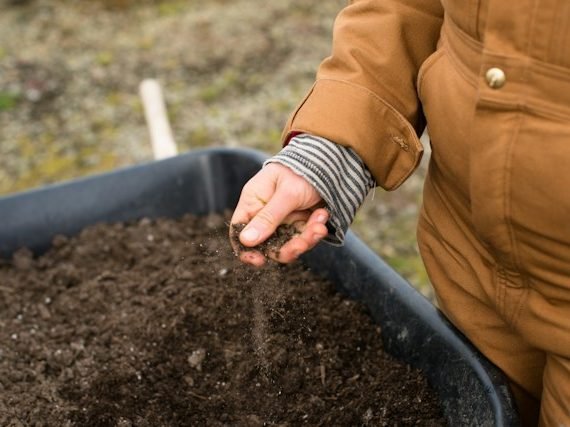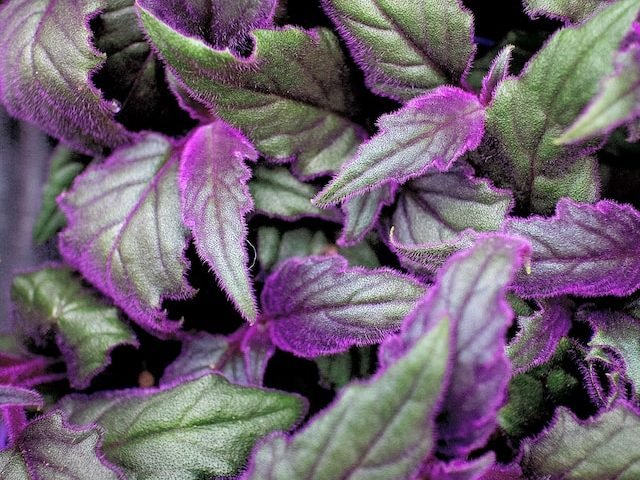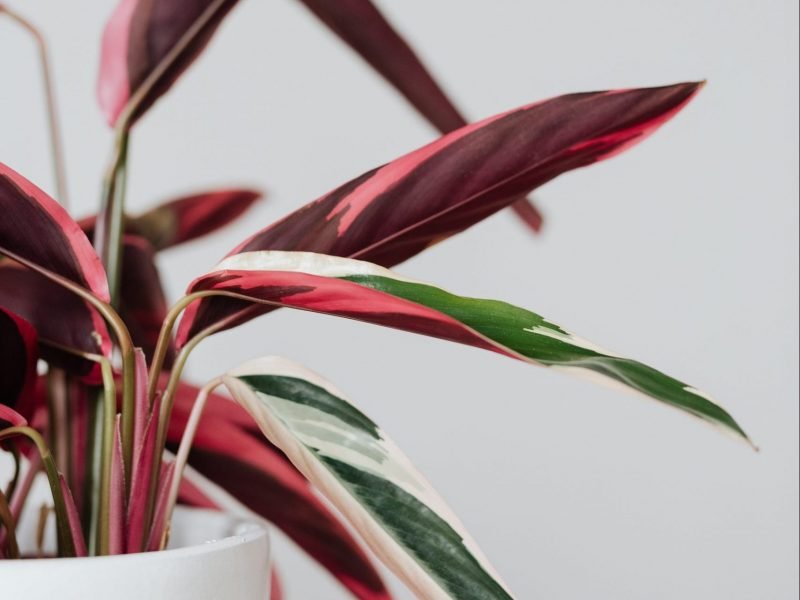
The Easiest Plants to Propagate
If you’re anything like us, you’re obsessed with growing your urban jungle and seeing how your plants mature. But it can get pretty expensive to buy new plants all the time which is why we love to propagate the ones we already have. Not only does it create more plants for free, but there’s nothing more satisfying than seeing the roots pop out from your cutting and eventually even seeing new growth.
We have put together a list of the easiest and fastest houseplants to propagate. Whether you give the cuttings to friends or simply add to your collection, these ones make propagating a breeze.

Spider Plant
Chlorophytum comosum
Spider Plants are the perfect plant for a houseplant beginner as they are super easy to care for, grow pretty quickly, and produce an abundance of spider babies which can be propagated in seconds.
The best thing about Spider Plants is that you would really have to try to kill them as they adapt to and survive in most environments and don’t mind being a little neglected. They even show you when they need more water by going quite light green. But after a little bit of water, they spring back to full health in minutes.
As your plant matures, you’ll start to see it sprouting little spiderettes which you can choose to remove from the plant to propagate them. It really couldn’t be easier as they will even start to grow short roots whilst still attached to the mother plant!
Find out more in our Spider Plant care guide.

Devil’s Ivy
Epipremnum aureum
These are pretty unique houseplants because they actually prefer lower-light conditions over anything else! That’s where the name comes from, as they are well acquainted with the darkness. So you don’t need to feel guilty about putting a Devil’s Ivy in a shady spot because it will actually love you for it. They are also pretty hardy plants in terms of their other care requirements. They don’t need complicated watering schedules or specific pruning so are perfect for any new plant parents.
When it comes to styling the Devil’s Ivy plant, shelving is where they thrive as it gives it room to cascade dramatically out of the pot. They can be trained to grow upwards by a wall or moss pole so the option is yours.
You can propagate your Devil’s ivy by taking stem cuttings and growing them in water to begin with. They’ll grow roots pretty quickly so are one of the fastest plants to propagate.
Find out more in our Devil’s Ivy care guide.

Snake Plant
Sansevieria Trifasciata
The bold and striking leaves of the Snake Plant make it stand out wherever you put it! Not only are they slow-growing, but they transcend upwards so are great for small spaces or that corner you never know what to do with. They have some of the sturdiest leaves or any houseplant, and their sharp leaf tips have given the plant the nickname of mother-in-laws-tongue!
When it comes to care, Snake Plant are super easy to look after, they can adapt to a range of light levels (are great low light plants), prefer dry soil and don’t need much attention in the way of misting or repotting etc.
To propagate your Snake Plant, you can either take leaf cuttings that root very quickly, or you can wait for offshoots to pop up which can be removed from the mother plant and grown as an individual plant. It’s super easy!
Find out more in our Snake Plant care guide.

Chinese Money Plant
Pilea Peperomioides
Otherwise known as the Chinese Money Plant (they are believed to bring good luck and fortune to its owner), Pilea plants are a must-have! They actually became popular because they are so easy to propagate as they grow Pilea pups as the plants mature which can be removed from the mother plant and grown independently.
When it comes to care, Pilea’s are somewhere in-between fussy and low maintenance. They aren’t great in low light areas, and also hate soggy or super dry soil so finding the right balance is key for Pilea care.
As your Pilea matures, the leaves can reach up to about 10cm in diameter which is incredible and makes all of the effort worth it!
Find out more in our Chinese Money Plant care guide.

String of Hearts
Ceropegia woodii
Native to South Africa, the String of Hearts should be top on your list for trailing houseplants. You don’t get much more unique than their speckled heart-shaped leaves. The other thing we love about the String of Hearts is that it’s such a fast grower over the spring and summer months, you’ll blink and there will be two new leaves popping out somewhere.
The String of Hearts is a semi-succulent plant meaning they don’t need much water, otherwise, it’ll cause their delicate shallow leaves to rot pretty quickly. Oh, and because they have such shallow roots, you won’t need to repot for a very very long time.
To propagate your String of Hearts, all you need to do is grow vine cuttings in water. After about 2 weeks, new roots will form from the node and are ready to be put back into the pot to create a bushier plant (or grown separately to create a new plant altogether).
Find out more in our String of Hearts care guide.

Inch Plant
Tradescantia zebrina
Also known as the Inch Plant, we haven’t yet come across a faster-growing or easier to propagate houseplant. The stems will grow a web of roots in days after being separated from the mother plant and grown in water.
Growing these indoors helps keep their growth more contained whilst still giving that wilderness feel which we love. Caring for these plants is also super easy as all they need is ample light and moderate water. They are quite forgiving though so won’t give up straight away if something’s a little off.
These plants are great for hanging planters or when placed on shelving so you can really make the most of those incredible vines. They can be mildly toxic though so you’ll want to keep them away from pets.
Find out more in our Inch Plant care guide.
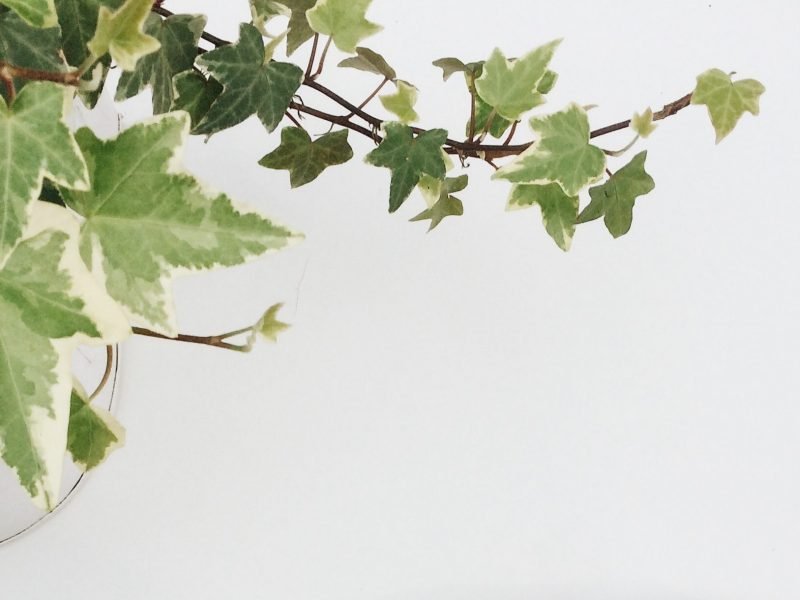
English Ivy
Hedera helix
Although they are most commonly known as outdoor plants, you can very successfully grow an English Ivy indoors as long as you give it enough light. We are obsessed with the white variegated English Ivy but if not given enough sunshine, the new leaves will lose all of that variegation.
Included in the NASA Clean Air Study, the English Ivy is great at removing toxins from the air so we recommend having this around your home. They are also believed to sometimes be able to improve allergy symptoms so as well as looking lush, they have great benefits for us too. They are also super fast-growing plants that also grow new roots on stem cuttings in just a week or two!
Find out more in our English Ivy care guide.

Nerve Plant
Fittonia albivenis
With delicate leaves, Nerve Plants are low-growing spreader plants that aren’t always the easiest to care for. The most popular and common variety is silver and green-veined, though you’ll also often spot varieties with white, pink or red veins and leaves too!
They have quite specific care requirements though so we don’t tend to recommend them to beginner plant parents as they are quite fussy about balancing the level of light, water, humidity and temperature. If there is one tip we can give you it would be to mist your plant at every opportunity you have to prevent them from drying out. But if you can get the care routine nailed down, then they are totally worth the extra hassle!
Find out more in our Nerve Plant care guide.

Air Plant
Tillandsia
There are hundreds of Air Plant varieties for you to fall in love with, all with relatively similar care requirements. If you haven’t already guessed from the name, Air Plants are pretty different to most other houseplant types as they don’t grow in soil. Instead, all they need is regular misting and the occasional bath to survive!
Propagating Air Plants is a little different as they grow pups which can be removed from the mother plant or left on depending on choice. Slowly as the pups mature, they will absorb all the energy from the mother plant and the cycle starts again.
Find out more in our Air Plant care guide.

Aloe Vera
Aloe Barbadensis Miller
Although Aloe Vera plants are commonly loved for their gel, they are much more than just their health and beauty benefits, as they make for a super minimalist and forgiving houseplant! Like most other succulents, Aloe Vera plants don’t need much tending to as they thrive in dry coarse potting mix. But it is important that they get a good amount of bright light or will become quite straggly.
As they mature a little, you’ll see lots of little Aloe pups popping up which can be very easily removed from the mother plant and propagated! Aloe plants are super affordable and you can pick them up basically anywhere that sells plants, even supermarkets will often sell them in the summer months.
Find out more in our Aloe Vera care guide.



